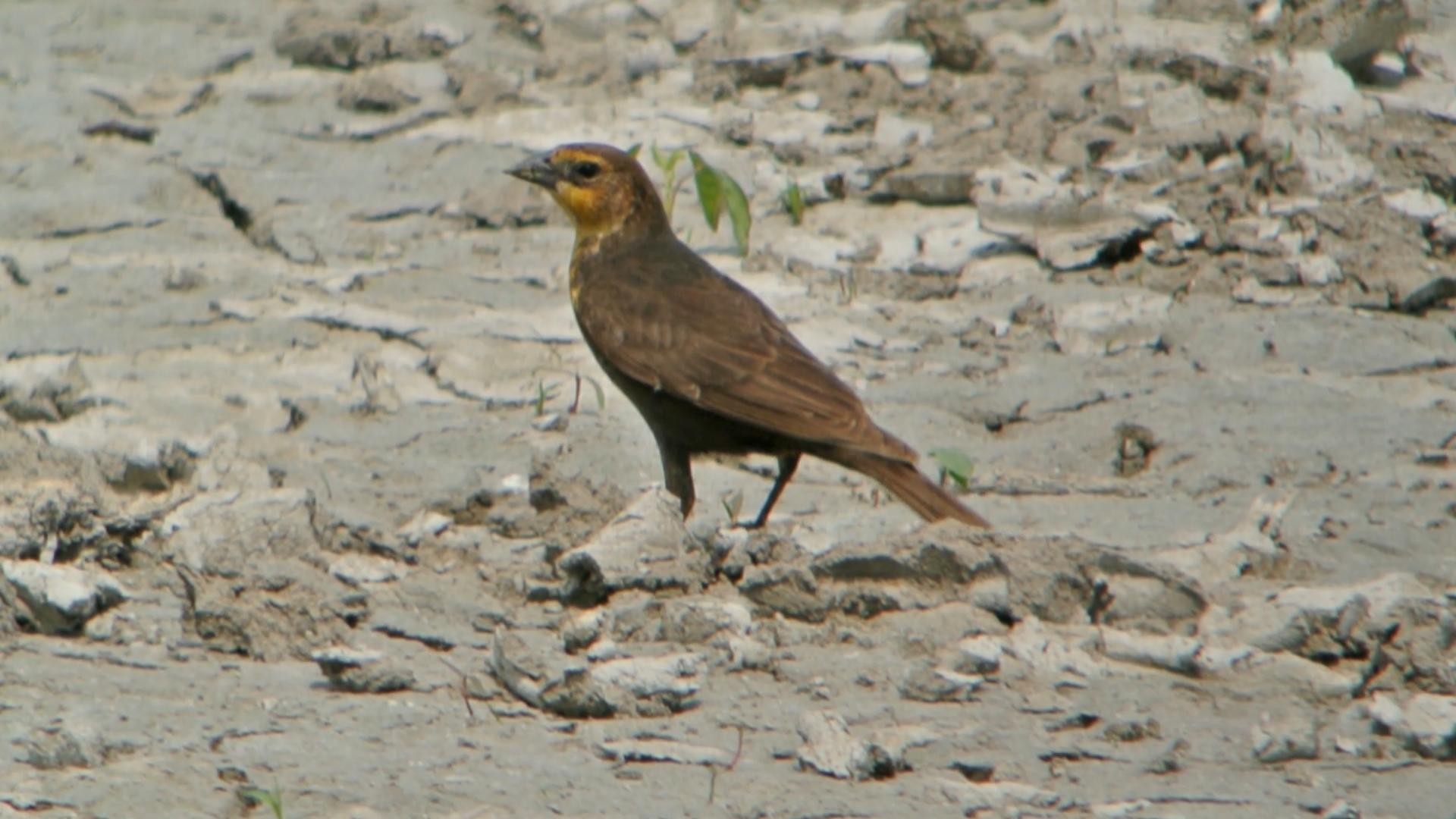Yellow-headed Blackbird
A species of Yellow-headed Blackbirds Scientific name : Xanthocephalus xanthocephalus Genus : Yellow-headed Blackbirds
Yellow-headed Blackbird, A species of Yellow-headed Blackbirds
Botanical name: Xanthocephalus xanthocephalus
Genus: Yellow-headed Blackbirds
Content
Description People often ask General Info
 Photo By Andy Reago & Chrissy McClarren , used under CC-BY-2.0 /Cropped and compressed from original
Photo By Andy Reago & Chrissy McClarren , used under CC-BY-2.0 /Cropped and compressed from original Description
The yellow-toproepial (Xanthocephalus xanthocephalus) is a songbird from the family Icteridae (troepials).
Size
20-28 cm (8-11 in)
Life Expectancy
10 years
Nest Placement
Shrub
Clutch Size
2 - 5 eggs
Incubation Period
1 brood
Number of Broods
12 - 13 days
Nestling Period
7 - 14 days
Feeding Habits
Yellow-headed Blackbird primarily eat insects like beetles, dragonflies, and grasshoppers in summer, and switch to grains and weed seeds during off-breeding seasons. They employ a 'rolling' flock foraging method in fields and exhibit repetitive probing, bill-spreading, and stone-flipping to access food.
Habitat
Yellow-headed Blackbird thrives in wetland environments, particularly breeding in prairie marshes, meadows at various altitudes, and riparian zones with abundant cattails, bulrushes, or reeds. They favor areas with standing or slow-moving water and dense aquatic vegetation. During breeding, they may utilize adjacent grasslands or croplands for foraging. In the non-breeding season, yellow-headed Blackbird forms large flocks and occupies a broader habitat range, including crop fields and ranchlands, particularly in the southwestern US and Mexico, with separation of wintering populations by sex.
Nest Behavior
Female yellow-headed Blackbird solely constructs the nest within a male's territory during breeding season. She lays eggs in this carefully built nest and together with the male, provides parental care to the young.
Nest Characteristics
Yellow-headed Blackbird's nest is typically affixed to vegetation like cattails or reeds over water, woven with wet strands around upright stems. It measures about 5-6 inches across and similarly in height, with an inner cup around 3 inches wide and 2.5 inches deep.
Dite type
Insectivorous
People often ask
General Info
Feeding Habits
Bird food type
Bird Feeder Type

Platform

Large Hopper
Sounds
Song
Recording location: United States
Behavior
Yellow-headed Blackbirds exhibit territorial and breeding behaviors, with males establishing domains in marshy landscapes amid vegetation like cattails. These males gather a harem and defend their space, although younger males often become territory-less 'floaters.' While some forage within their realm, others seek food beyond, in a semi-colonial fashion. Females protect their nesting zones and may mate with neighboring males. Notably, yellow-headed Blackbirds associate with Forster’s Terns for mutual predator vigilance, and they assert dominance over smaller birds for premium nesting locales.
Species Status
Not globally threatened.

 Photo By Andy Reago & Chrissy McClarren , used under CC-BY-2.0 /Cropped and compressed from original
Photo By Andy Reago & Chrissy McClarren , used under CC-BY-2.0 /Cropped and compressed from original Scientific Classification
Phylum
Chordates Class
Birds Order
Perching birds Genus
Yellow-headed Blackbirds Species
Yellow-headed Blackbird